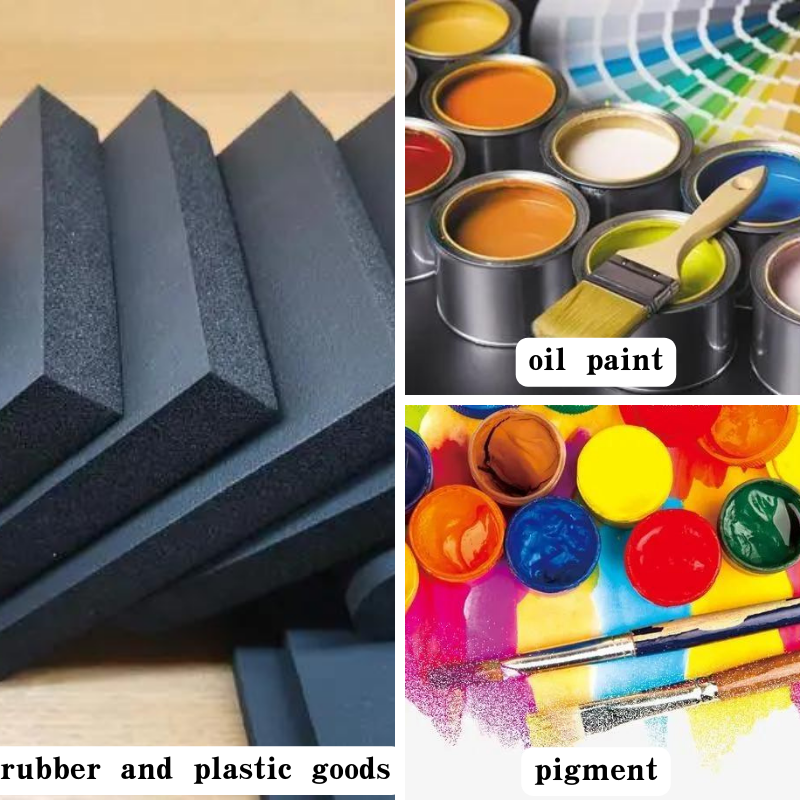
Exploring the Benefits of Perlite and Vermiculite in Soil Enhancements and Gardening Techniques
The Benefits of Perlite and Vermiculite in Horticulture
In the realm of horticulture and gardening, numerous materials are employed to enhance soil conditions and promote plant growth. Among these, perlite and vermiculite stand out as two of the most popular amendments. Both of these inorganic substances offer unique properties that make them invaluable in both commercial and home gardening settings. Understanding their characteristics, uses, and benefits can help gardeners create optimal growing conditions for their plants.
What is Perlite?
Perlite is a naturally occurring volcanic glass that expands when heated to around 1,600 degrees Fahrenheit. This expansion process results in white, lightweight particles that resemble small, irregularly shaped beads. It is highly porous, allowing it to hold air while providing excellent drainage. Due to these properties, perlite is often used as an additive in potting mixes and garden soils to improve aeration and prevent soil compaction.
Benefits of Perlite
1. Improved Aeration One of the primary benefits of perlite is its ability to aerate the soil. By creating air pockets, perlite prevents roots from becoming waterlogged, reducing the risk of root rot and other moisture-related issues.
2. Enhanced Drainage Perlite promotes excellent drainage, which is crucial for many plants, particularly those that thrive in drier conditions. This property makes it ideal for succulents and cacti, which require well-draining soil to thrive.
3. Lightweight Nature The lightweight nature of perlite makes it easy to handle and mix with soil. This can be particularly beneficial for container gardening, where heavy soils can make pots cumbersome and difficult to manage.
4. pH Neutral Perlite is pH neutral, making it suitable for a variety of plants as it won’t alter the soil pH. This is particularly important for gardeners aiming to maintain specific pH levels for their plants.
What is Vermiculite?
perlite vermiculite

Vermiculite, on the other hand, is a mineral that expands when heated, similar to perlite, but it has a different composition and appearance. It is typically brown or gold in color and has a more sponge-like texture. Vermiculite can hold a significant amount of water, making it an excellent amendment for moisture retention in soils.
Benefits of Vermiculite
1. Moisture Retention One of the standout features of vermiculite is its ability to retain water. This makes it particularly useful for plants that require consistent moisture, as it helps to keep the soil evenly moist without becoming waterlogged.
2. Nutrient Retention Vermiculite has the capacity to hold onto essential nutrients, releasing them gradually to plants over time. This quality enhances the fertility of the soil, making it an excellent choice for potting mixes and seed starting.
3. Lightweight and Non-Toxic Like perlite, vermiculite is lightweight and easy to work with. Additionally, it is non-toxic, making it safe for use in various gardening applications, including vegetable gardening.
4. pH Neutrality Vermiculite is also pH neutral, promoting compatibility with a wide range of plants, thus making it a versatile addition to any soil mix.
Using Perlite and Vermiculite Together
While both perlite and vermiculite offer distinct advantages, they are often used in tandem to balance their properties. Combining them can create an optimal growing medium that provides excellent drainage and aeration from the perlite, while also retaining moisture and nutrients from the vermiculite. This combination is particularly beneficial for seedlings or young plants that require both water retention and good airflow to their roots.
In conclusion, perlite and vermiculite are essential components in modern horticulture, each contributing unique benefits that can help gardeners achieve healthier and more productive plants. Whether used individually or in combination, these amendments enhance soil structure, improve aeration, and create an environment conducive to plant growth. For those looking to elevate their gardening efforts, incorporating perlite and vermiculite into their soil mix could be a game-changer, fostering robust plants and flourishing gardens.
Share
-
Natural Premium Bentonite Cat Litter - Superior ClumpingNewsJul.31,2025
-
Premium Resin Coated Sand - High Heat Resistance CastingNewsJul.31,2025
-
High Quality Silicon Carbide Grit for Abrasive ApplicationsNewsJul.30,2025
-
High-Quality Ceramsite for Plants & Gardening | Lightweight PebblesNewsJul.29,2025
-
Premium Burgundy Glass Marbles for Vases & Shooter GamesNewsJul.29,2025
-
High Purity Quartz Sand for Industrial and Ground ApplicationsNewsJul.29,2025






